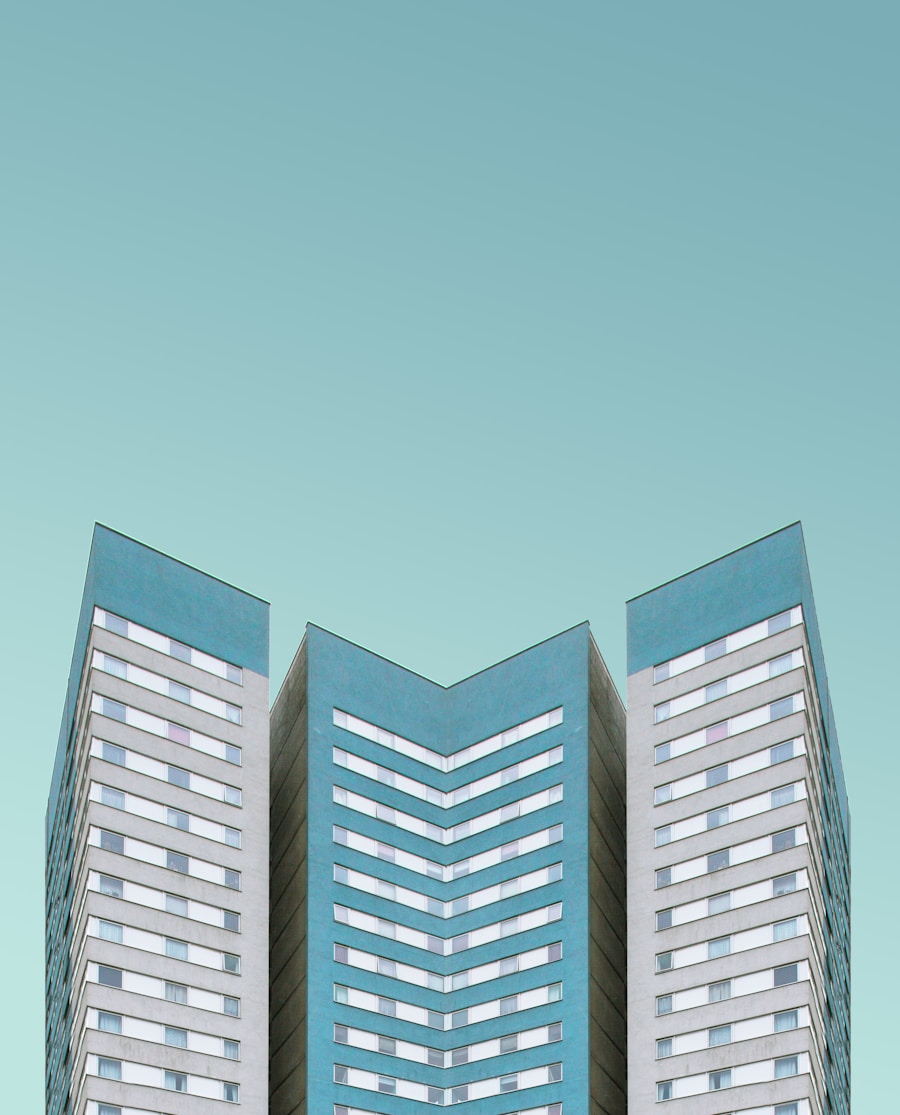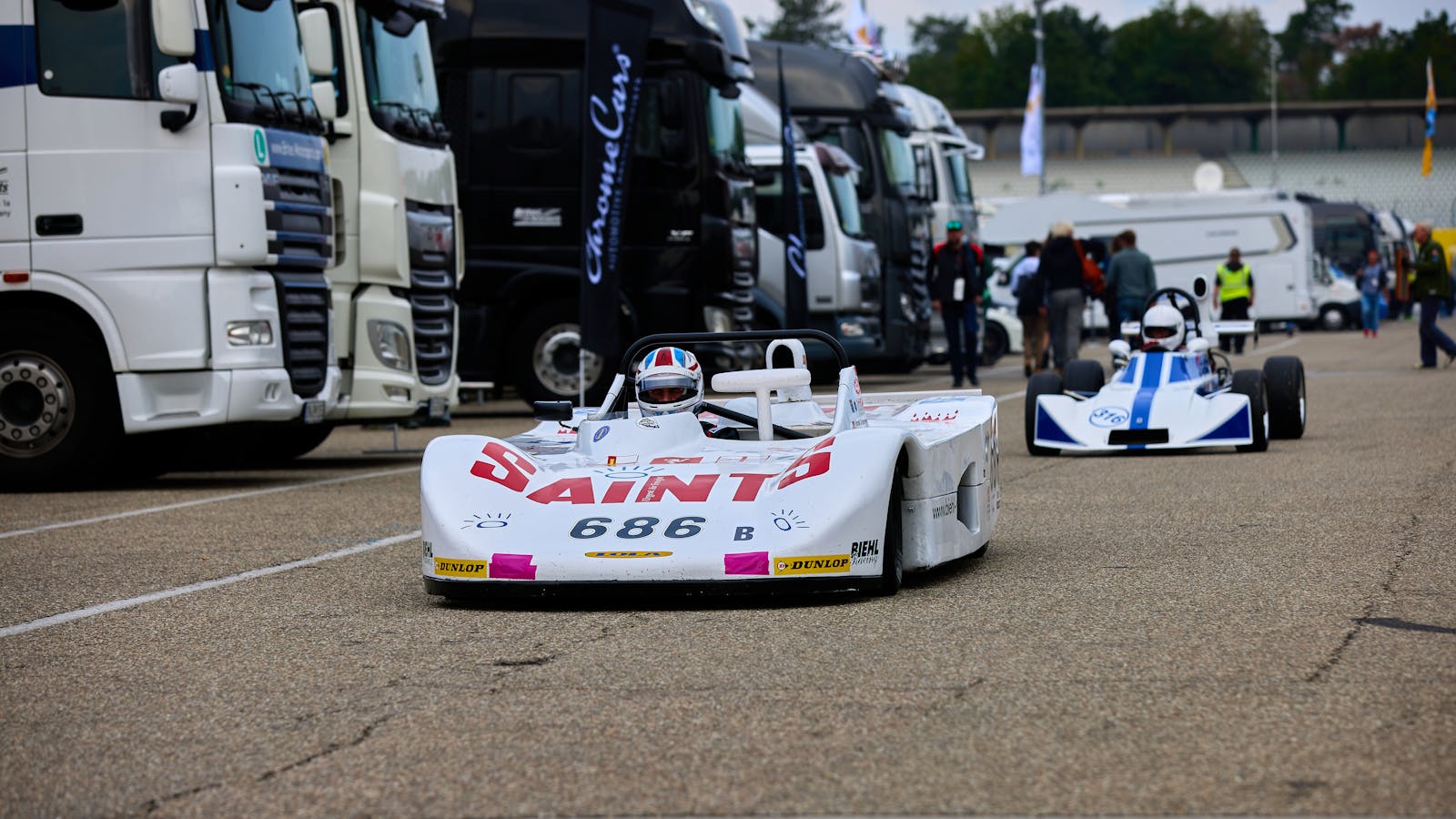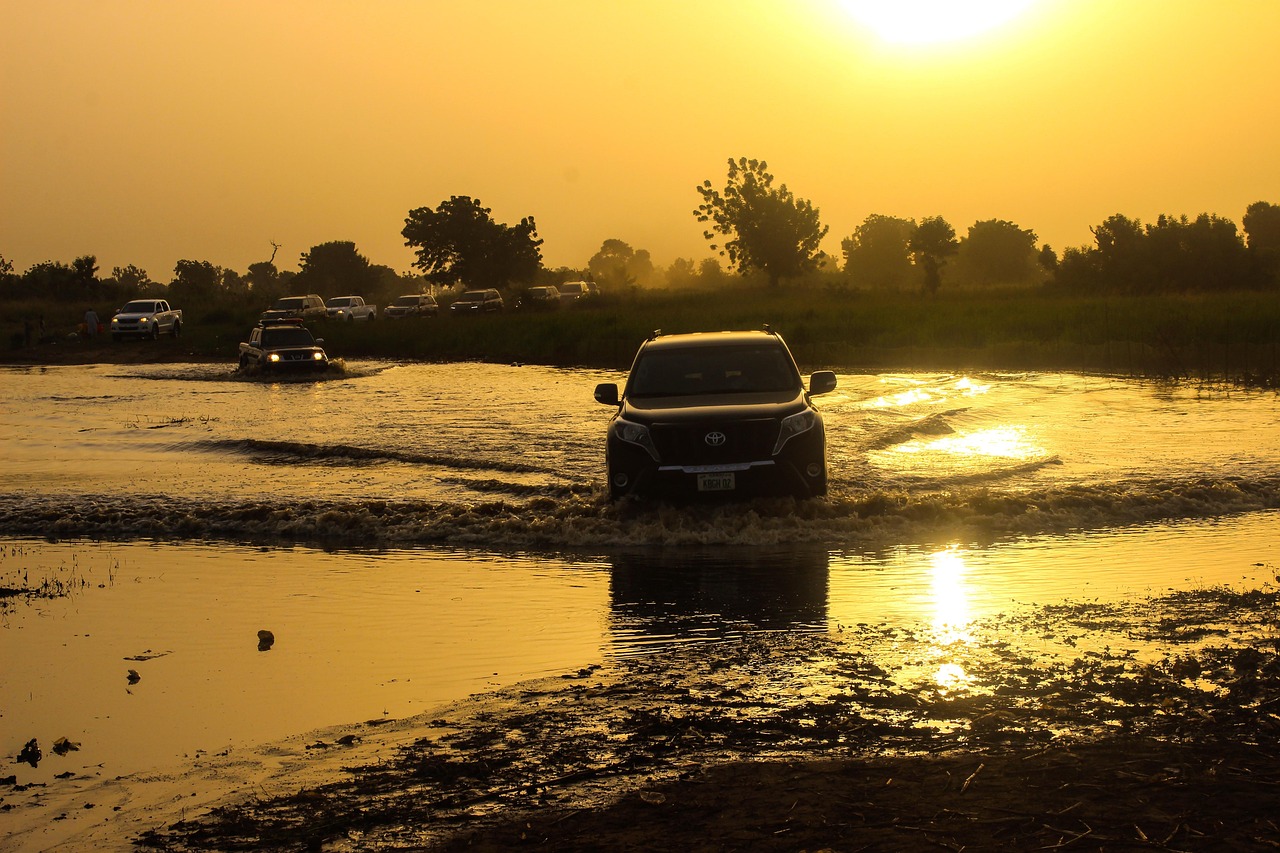Mixed-use developments are urban planning projects that combine residential, commercial, cultural, and sometimes industrial spaces within a single development or neighborhood. This approach contrasts sharply with traditional zoning practices that separate these functions, often leading to isolated communities where residents must travel significant distances for work, shopping, or leisure. The concept of mixed-use development is rooted in the idea of creating vibrant, walkable communities that foster interaction among residents and businesses.
By integrating various uses, these developments aim to enhance the quality of life for inhabitants while promoting economic vitality. Historically, mixed-use developments can be traced back to pre-automobile urban environments where residential and commercial spaces coexisted harmoniously. However, the rise of suburban sprawl and car-centric planning in the mid-20th century led to a decline in such integrated designs.
In recent years, there has been a resurgence of interest in mixed-use developments as cities grapple with issues like urban density, sustainability, and the need for community cohesion. This renewed focus is driven by a recognition that mixed-use environments can reduce reliance on automobiles, promote public transportation, and create more engaging public spaces.
Key Takeaways
- Mixed-use developments combine residential, commercial, and/or industrial spaces in one area, creating a diverse and vibrant community.
- Mixed-use developments benefit communities by promoting walkability, reducing traffic congestion, and providing a variety of amenities and services in close proximity.
- Designing mixed-use developments for vibrancy involves creating a mix of uses, promoting active street life, and incorporating public spaces for social interaction.
- Creating a sense of place in mixed-use developments involves thoughtful design, placemaking strategies, and a focus on creating a unique identity for the development.
- Fostering community engagement in mixed-use developments involves involving residents and stakeholders in the planning and design process, and creating opportunities for social interaction and collaboration.
The Benefits of Mixed-Use Developments for Communities
One of the most significant advantages of mixed-use developments is their ability to create a sense of community. By bringing together diverse functions—such as housing, retail, and recreational spaces—these developments encourage social interaction among residents and visitors. This interaction can lead to stronger community ties, as people are more likely to engage with their neighbors when they share common spaces.
For instance, a mixed-use development that includes parks, cafes, and shops can serve as a gathering place where residents meet, socialize, and participate in community events. Moreover, mixed-use developments can stimulate local economies by providing opportunities for small businesses to thrive. When residential units are situated above retail spaces, for example, it creates a built-in customer base for local shops and restaurants.
This not only supports entrepreneurs but also contributes to job creation within the community. Additionally, the presence of diverse amenities can attract new residents and businesses, further enhancing economic growth. Cities like Portland, Oregon, have successfully implemented mixed-use strategies that have revitalized neighborhoods and increased property values while maintaining a unique local character.
Designing Mixed-Use Developments for Vibrancy

The design of mixed-use developments plays a crucial role in their success and vibrancy. Effective design should prioritize pedestrian accessibility and create inviting public spaces that encourage people to linger and interact. This can be achieved through thoughtful landscaping, the inclusion of plazas or courtyards, and the strategic placement of amenities that draw people in.
For instance, incorporating outdoor seating areas near cafes or restaurants can create lively social hubs where residents gather to enjoy their surroundings. Architectural diversity is another essential aspect of designing vibrant mixed-use developments. A monotonous facade can deter foot traffic and diminish the overall appeal of a space.
By utilizing varied architectural styles and materials, developers can create visually stimulating environments that attract visitors. Additionally, integrating art installations or murals can enhance the aesthetic appeal while reflecting the local culture and identity. Successful examples include the High Line in New York City, where innovative design has transformed an abandoned railway into a thriving public space that connects various neighborhoods.
Creating a Sense of Place in Mixed-Use Developments
| Metrics | Data |
|---|---|
| Residential Units | 200 |
| Commercial Spaces | 30 |
| Public Green Spaces | 2 acres |
| Walking Score | 90 |
| Public Transportation Access | Bus stop within 0.1 mile |
Creating a sense of place is fundamental to the success of mixed-use developments. This concept refers to the unique character and identity that a location embodies, which can be cultivated through various elements such as architecture, public art, landscaping, and community programming. A strong sense of place fosters pride among residents and encourages them to engage with their environment actively.
Developers can achieve this by incorporating local history and culture into their designs, ensuring that the development resonates with the community’s identity. Community input is vital in shaping this sense of place. Engaging residents in the planning process allows developers to understand their needs and preferences better.
Public forums, surveys, and workshops can provide valuable insights into what elements are most important to the community. For example, if a neighborhood has a rich history tied to its industrial past, incorporating elements that reflect this heritage—such as repurposed buildings or historical markers—can enhance the development’s authenticity and connection to its roots.
Fostering Community Engagement in Mixed-Use Developments
Community engagement is essential for the long-term success of mixed-use developments. Developers must prioritize creating spaces that encourage participation and interaction among residents. This can be achieved through various strategies, such as hosting events like farmers’ markets, outdoor concerts, or art fairs that draw people together and foster a sense of belonging.
These events not only provide entertainment but also create opportunities for local businesses to showcase their products and services. In addition to organized events, designing spaces that facilitate spontaneous interactions is crucial. For instance, incorporating communal gardens or playgrounds can encourage families to spend time outdoors and connect with their neighbors.
Similarly, creating walking paths or bike lanes can promote active transportation while fostering a sense of community among those who use them. By prioritizing engagement in both planned activities and everyday interactions, mixed-use developments can cultivate vibrant social networks that enhance residents’ quality of life.
Addressing Challenges in Mixed-Use Developments
Despite their many benefits, mixed-use developments face several challenges that must be addressed for successful implementation. One significant hurdle is navigating zoning regulations that often favor single-use developments. Many municipalities have outdated zoning codes that do not accommodate mixed-use projects effectively.
Advocating for policy changes at the local level is essential to create an environment conducive to mixed-use development. This may involve working with city planners to revise zoning laws or seeking variances that allow for greater flexibility in land use. Another challenge is balancing the needs of different stakeholders involved in mixed-use developments.
Developers must consider the interests of residents, businesses, and local governments while ensuring that the project remains financially viable. This balancing act can be particularly complex when addressing issues such as parking requirements or noise regulations. Engaging stakeholders early in the planning process can help identify potential conflicts and facilitate collaborative solutions that benefit all parties involved.
Case Studies of Successful Mixed-Use Developments
Examining successful mixed-use developments provides valuable insights into best practices and innovative approaches within this realm. One notable example is The Pearl Brewery redevelopment in San Antonio, Texas. Once an abandoned brewery site, it has been transformed into a vibrant mixed-use community featuring residential units, restaurants, shops, and cultural spaces.
The development has preserved historical elements while integrating modern design features, creating a unique atmosphere that attracts both locals and tourists. Another exemplary case is the King Street Station redevelopment in Seattle, Washington. This project revitalized an iconic train station by incorporating office spaces, retail shops, and public areas while maintaining its historical significance.
The design emphasizes pedestrian accessibility and includes green spaces that enhance the overall experience for visitors. By successfully blending history with modern functionality, King Street Station has become a focal point for community engagement and economic activity.
The Future of Mixed-Use Developments in Community Building
As urbanization continues to rise globally, the future of mixed-use developments appears promising in fostering community building. With increasing awareness of sustainability issues and the need for resilient urban environments, mixed-use projects are well-positioned to address these challenges by promoting walkability and reducing reliance on cars. Furthermore, as remote work becomes more prevalent due to technological advancements and changing workforce dynamics, mixed-use developments can adapt by incorporating flexible workspaces alongside residential units.
The integration of smart technology into mixed-use developments also holds great potential for enhancing community experiences. Smart infrastructure can improve energy efficiency, streamline transportation options, and facilitate communication among residents through mobile applications or digital platforms. As cities evolve to meet the demands of modern living, mixed-use developments will play a crucial role in shaping vibrant communities that prioritize connectivity, sustainability, and inclusivity.
In conclusion, mixed-use developments represent a transformative approach to urban planning that fosters community engagement while addressing contemporary challenges faced by cities worldwide. By understanding their benefits and challenges—and learning from successful case studies—developers can create thriving environments that enhance quality of life for all residents.
Mixed-use developments have become increasingly popular in urban planning, offering a blend of residential, commercial, and recreational spaces within a single area. These developments aim to create vibrant and walkable communities that cater to the needs of residents and visitors alike. For more information on luxury mixed-use developments, check out this article on luxurycondogarages.com. This article explores the benefits of mixed-use developments and how they are shaping the future of urban living.








Leave a Reply